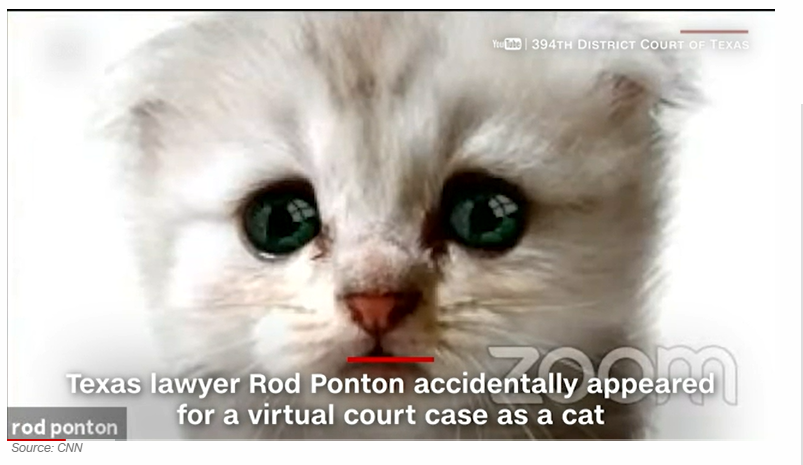What is a hybrid court?
Firstly, comments are live for this blog and you are invited to share your experience.
I am using the term hybrid court to describe a process of differentiated dockets by separating the types of hearings that can be done by remote teleconferencing as opposed to in-person. The “remote docket” could be one that has everyone appearing remotely or give an option to the participants to do so. Zoom, Microsoft Teams, Webex (as used in the US District Court for the Western District of Texas) and perhaps other teleconferencing platforms make this possible today.
Remote hearing experience in Texas
Soon after the Covid-19 pandemic began having real impact on Texas courts, the Texas Supreme Court halted in-person court appearances and the Texas Office of Court Administation (OCA) began equipping courts in Texas with Zoom access and hardware where needed. That TxSCt order would be rescinded and then reinstated as the year 2020 wound down and 2021 appeared. OCA would institute court streaming via YouTube so that the public still had access to the courts.
So how did it go? As with most questions it depends on whom you ask. Some judges had a great experience and intend to continue remote hearings where appropriate and others will do so under duress. The opinions differ just as much among lawyers and their clients. Anecdotally, it appears that a majority of judge and lawyers would say that remote hearings have their place for certain types of proceedings.
How did hybrid court get from 0 to 100?
Of necessity. Courts began using Zoom in Texas and lawyers had regular practice with the mediators who went into online mode. When TxSCt closed the courts lawyers did what they had to do. They got a Zoom account, perhaps an external webcam and a good mic. Ring lights and other solutions to lighting issues were sough They learned how to use backgrounds to be somewhere they weren’t and some powdered their shiny foreheads.

And some learned about filters. (video here) Apologies to Rod for this teaching moment.
Personally, I did all of the above (excluding the cat filter) early in March 2020 and went to totally Zoom mediation mode. It began with a mediation that was set and one lawyer’s office had some compromised personnel so we had to pivot. As of this writing I’ve completed 90 mediations by Zoom. Most mediations include some side discussion with the attorneys about their experience with Zoom hearings — and it varies.
Kudos to TxSCt and OCA — and the thousands of judges and lawyers — for improvising, adapting and overcoming to achieve an excellent response to a crisis never before faced by the Bench and Bar.
What is case for remote hearings?
Ignoring the issues recounted by lawyers, the “pro” side of the case includes:
- People don’t have to travel. In Child Protection Courts in particular lawyers and judges have noted that the parents of children in State care don’t have to beg off of work or scramble for a ride — which is otherwise a typical occurrence. Misdemeanor courts report that there is better “show-up” of persons charged.
- No-one, of particular importance to lawyers and the clients paying their bills, has to sit in court for hours waiting on a 15 minute appearance.
- Lawyers can make multiple appearances in one day — one lawyer in a mediation with me (in the afternoon) had already made four court appearances and many of those were 100’s of miles distant.
- In short: time management can be leveraged many times over.
The hybrid court question
The question for the courts will be whether to merely allow remote appearance or — in appropriate instances — mandate it. The TxSCt will make rules and local rules will evolve to meet the needs to the vast variety of counties with highly disparate court systems.






